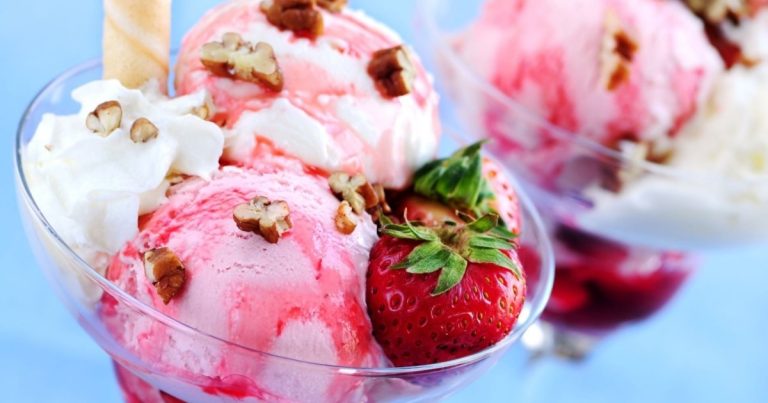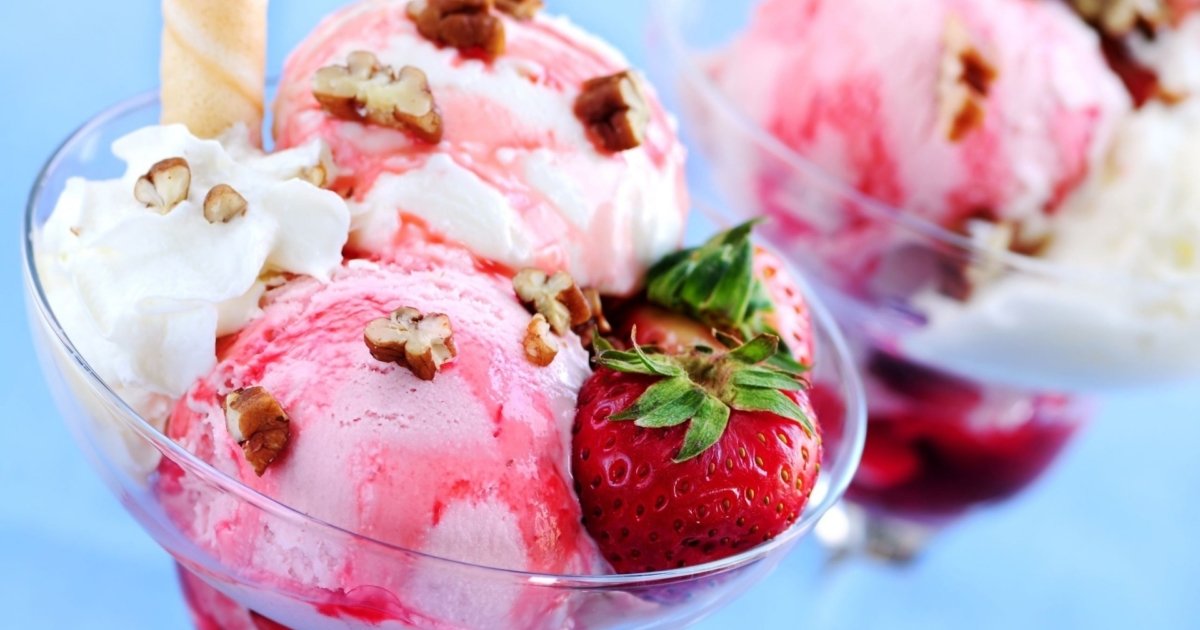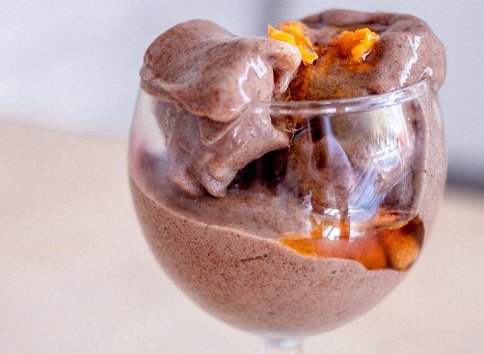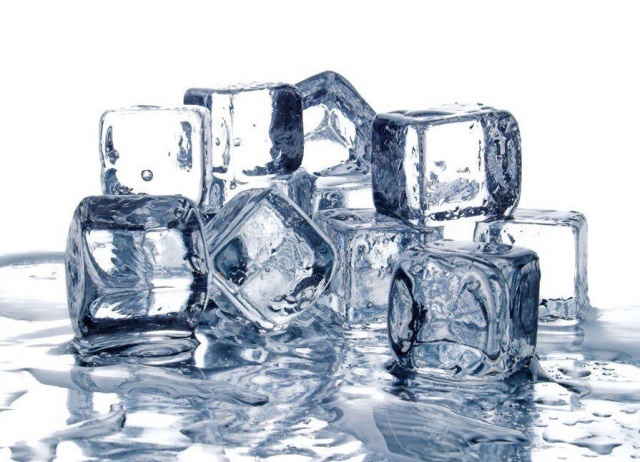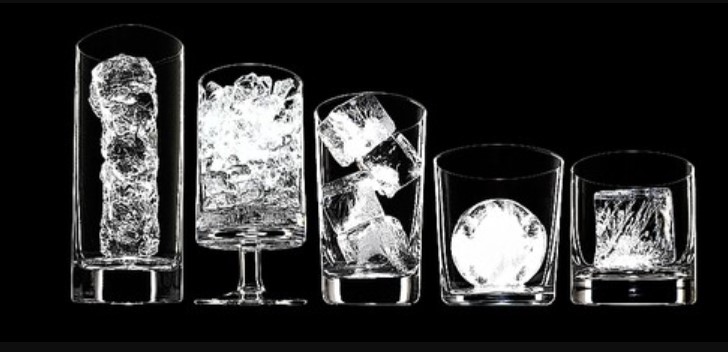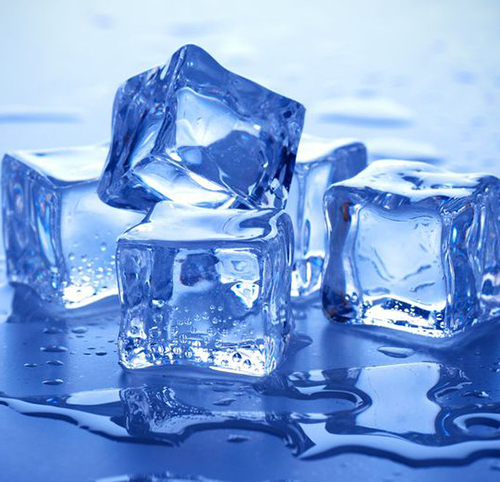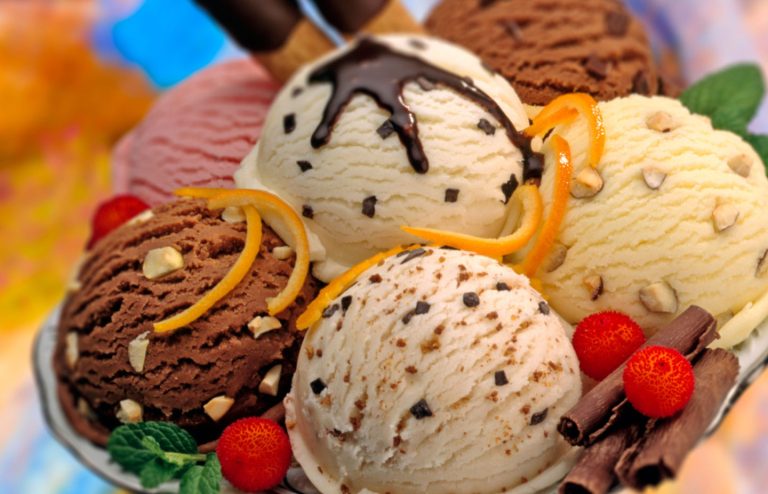Ice cream is one of the most popular sweets in Germany. Especially in summer. It should be sweet, fruity, creamy or extra chocolaty. And most varieties are really tasty too – but what makes the difference? You can probably already guess. Exactly – the ingredients.
You can get ice cream almost everywhere: whether in ice cream parlors, supermarkets, in cafés, at gas stations or on mobile ice cream trucks. If you fancy ice cream, you don’t have to look far and the selection is huge. In addition to your own personal taste, you can pay attention to what your ice cream is made of.
Ingredients – what you should pay attention to
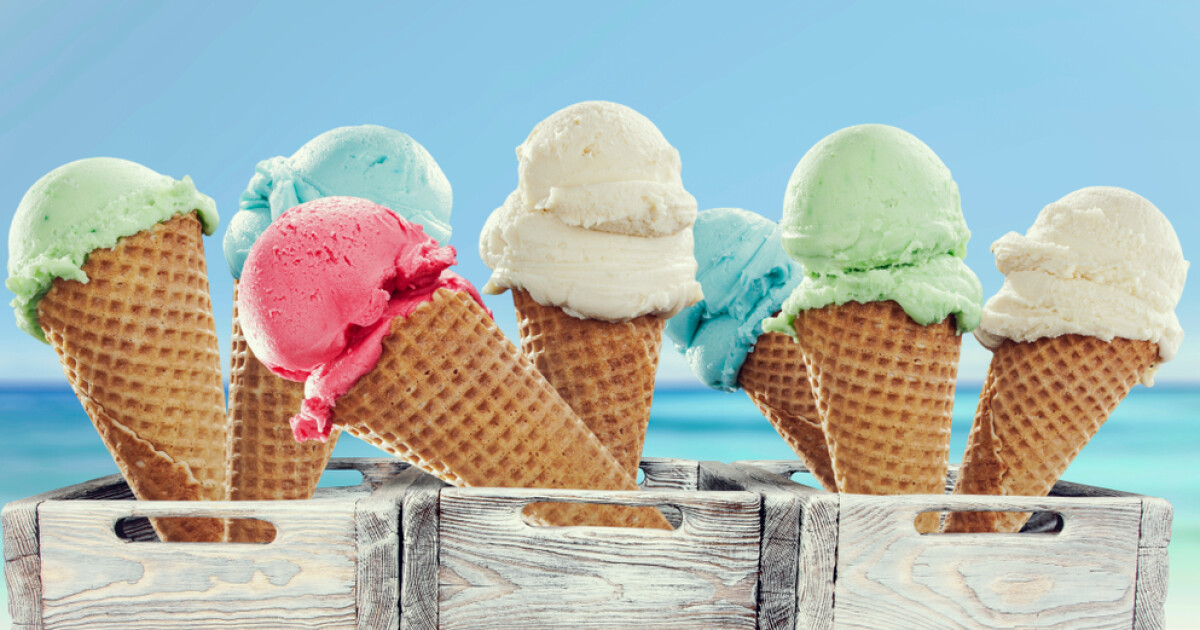
How does the creaminess get into the ice cream? How much sugar does the ice cream need and how much fruit is really in your fruit ice cream? You can pay attention to these ingredients.
1. Milk
The classic milk ice cream is still the most common on the shelves and in the ice cream parlors. It usually consists of water, milk and/or cream, sugar and – in the case of conventional ice cream – certain flavors. If you consciously feast but don’t want to do without milk ice cream, find out where the milk used comes from. Because the proportion of milk is almost 70 percent and is therefore the biggest lever in milk ice cream. The seals on the packaging, such as the EU organic seal or the Demeter logo, give you information about this. Because: if you have milk ice cream, then please with sustainably produced organic ingredients.
Alternatively, you can of course also make sure that you buy creamy ice cream made from milk alternatives or fruity sorbets. These come without any milk alternatives and are still creamy. There is now vegan ice cream in almost every supermarket.
2. Sugar
Industrially produced sugar is repeatedly criticized. Nutritionists in particular always point out that too much of it is added to our food and that we eat too much of it – above all unconsciously and uninformed. Well, it can’t be missing in sweets most of the time. And if we consciously decide to feast, we can treat ourselves to some sugar. But then it is best to use the raw cane sugar that is not processed as much.
Sugar has a special function in ice cream: it contributes significantly to consistency and creaminess. If not enough sugar is added to the ice cream, it will harden and form crystals. Incidentally, this applies to vegan ice cream as well as milk ice cream.
3. Fruit content
The fruit content of fruit ice cream is regulated by law for the definition. Fruit ice cream contains at least 20 percent fruit. For ice cream made from citrus fruits such as lemon, orange or passion fruit, it is at least 10 percent if the citric acid content is at least 2.5 percent. At 25 percent, sorbets contain the highest proportion of fruit. If it consists of citrus fruits, the fruit content is at least 15 percent. In contrast to fruit ice cream, which can also be processed as a milk product, sorbet always does without milk. When buying in the supermarket, you can find out the fruit content by looking at the list of ingredients. The same for all: Flavors may be added.
4. Air
Are you wondering what air is doing in ice? Not much, but that’s exactly the point: when it comes to the information on the packaging, it’s precisely the air that makes the difference. Usually milliliters and grams are specified. Two packages with the same milliliter specification can, however, provide different gram specifications. The reason: the composition of the content. In the case of ice in particular, the manufacturers can achieve different volumes by smashing the ice with more or less air – without increasing the weight. In the supermarket you can simply compare the packaging with each other. The ice cream with fewer grams for the same milliliter contains more air and is therefore a larger sham.
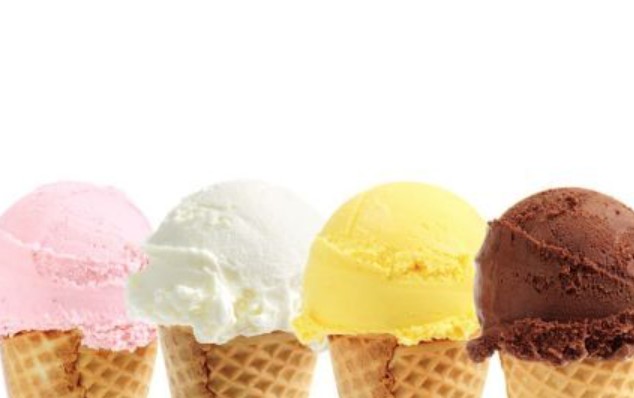
For sustainable consumers, it is not easy to make a sustainable, healthy and right decision, even when eating ice cream. What you can rely on – at least in the refrigerated section – are well-known seals, logos and brands. You can usually enjoy the ice cream from organic brands, which you already trust with other products, even in summer.


